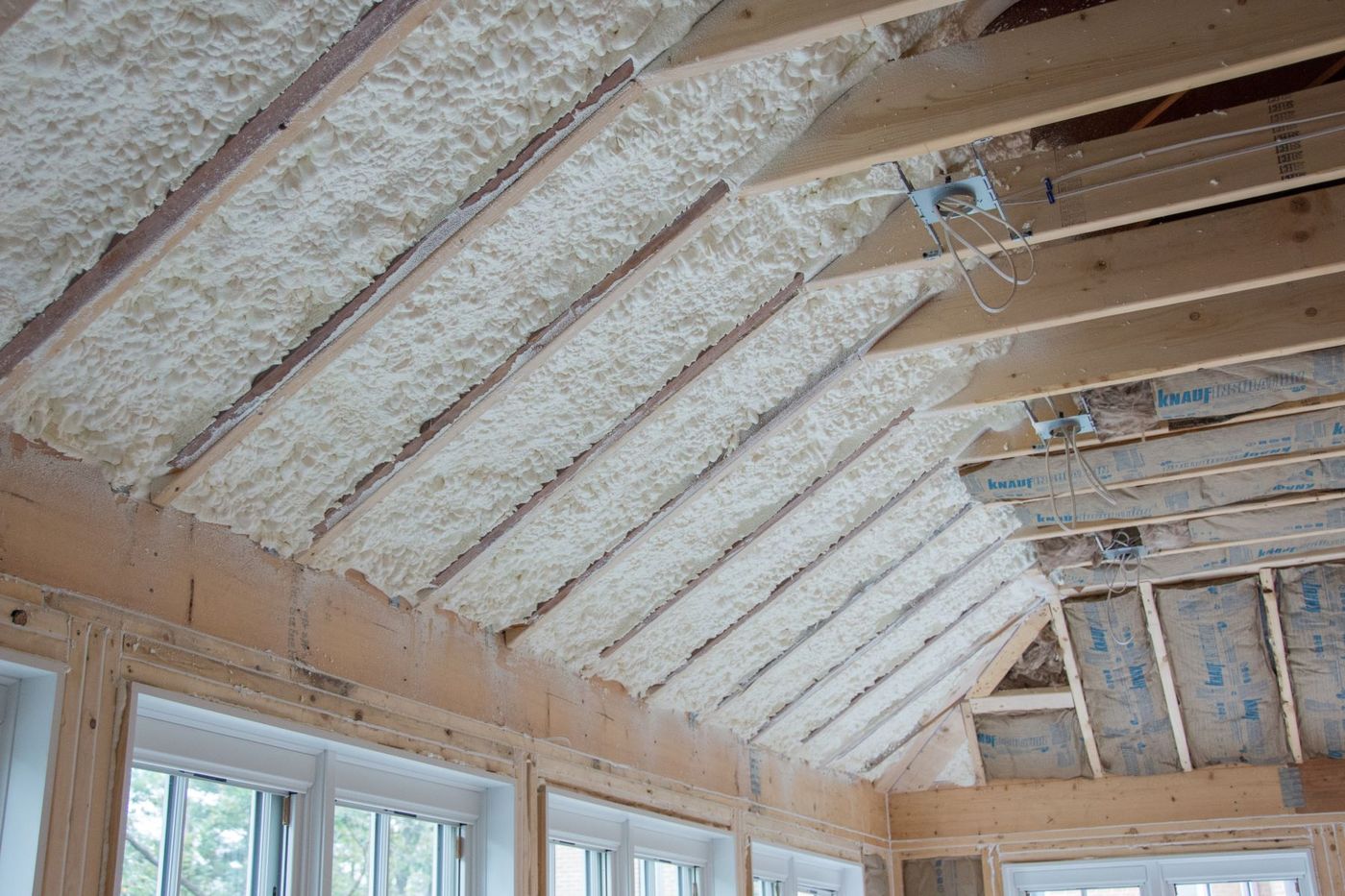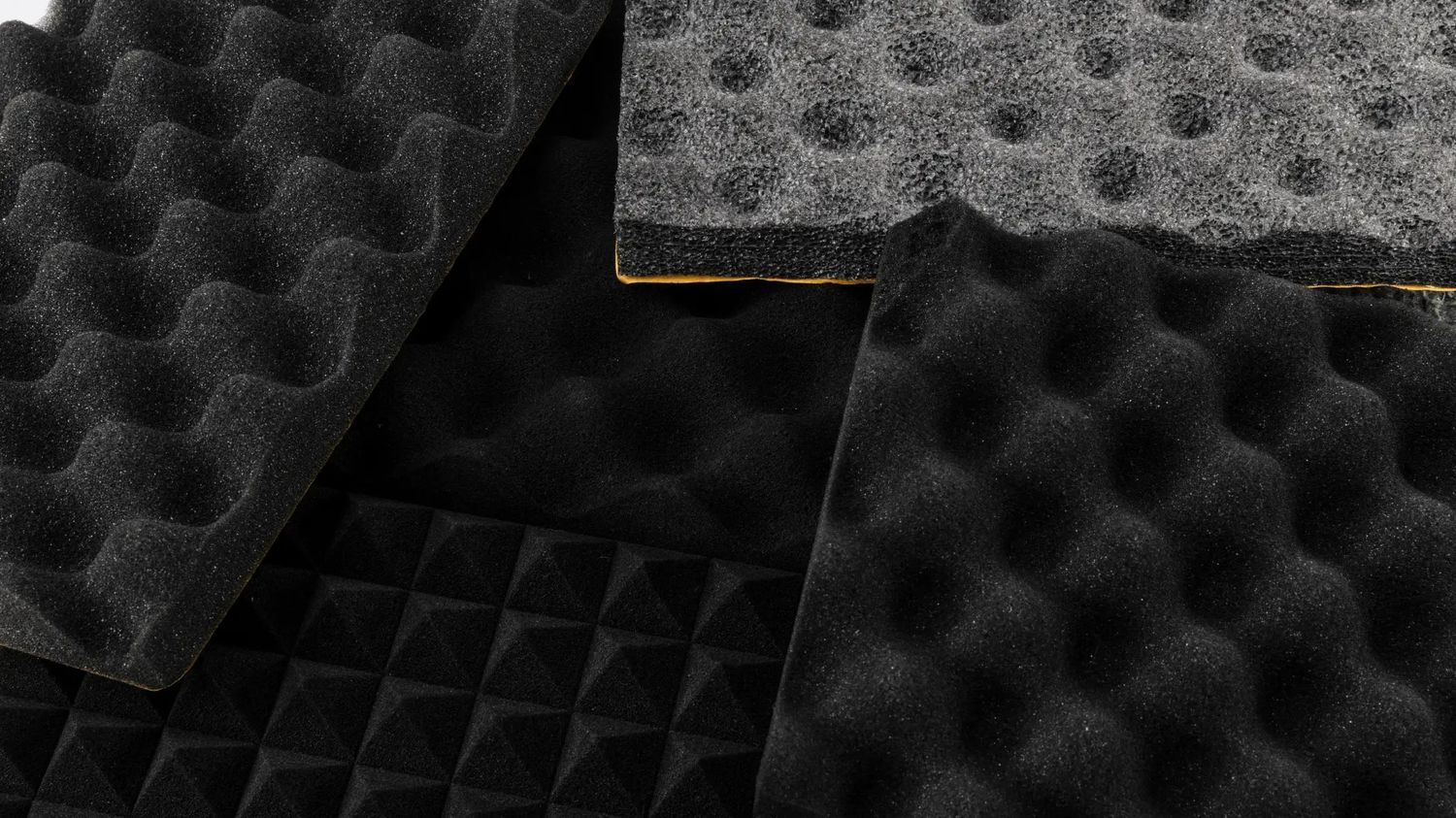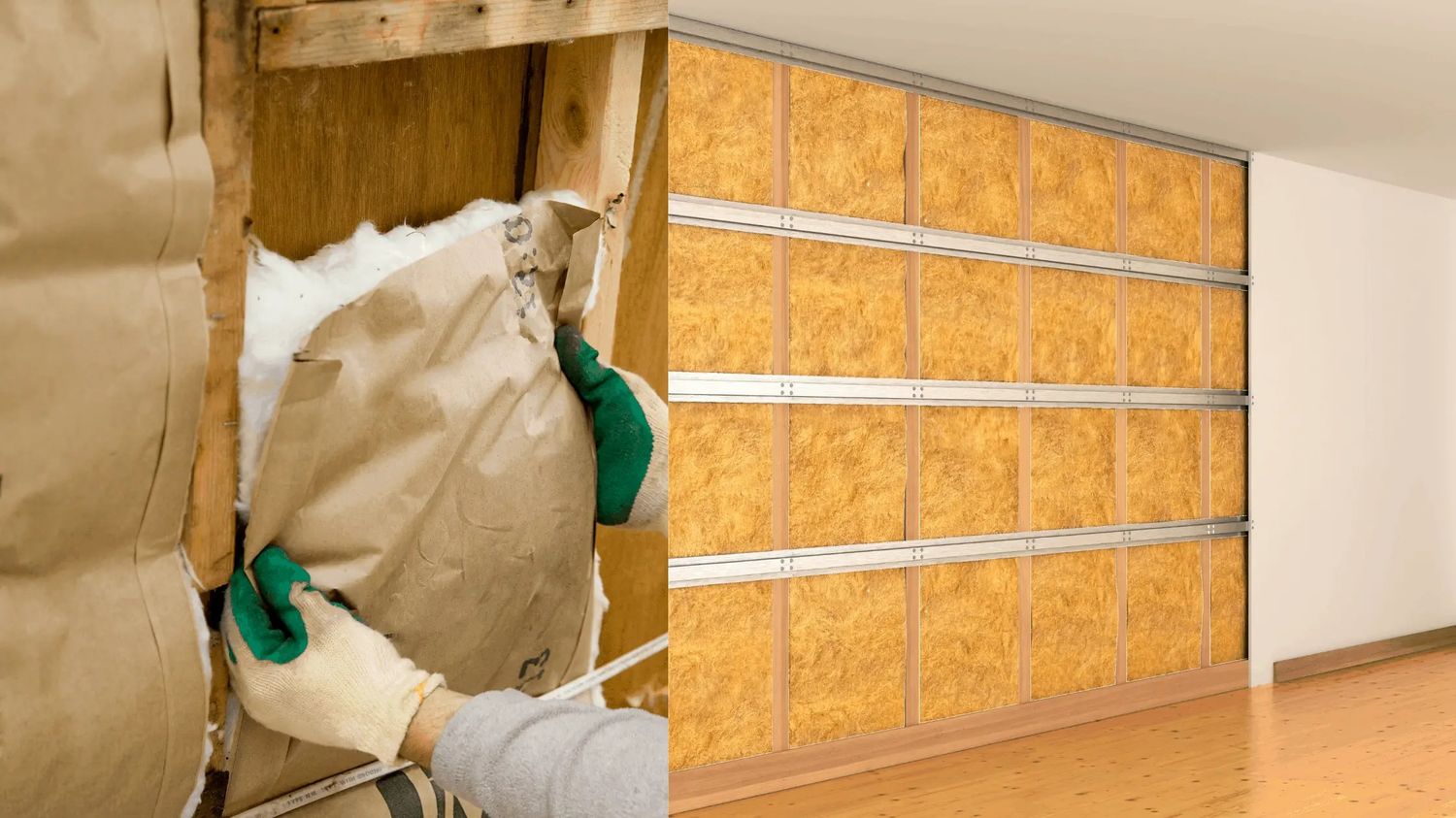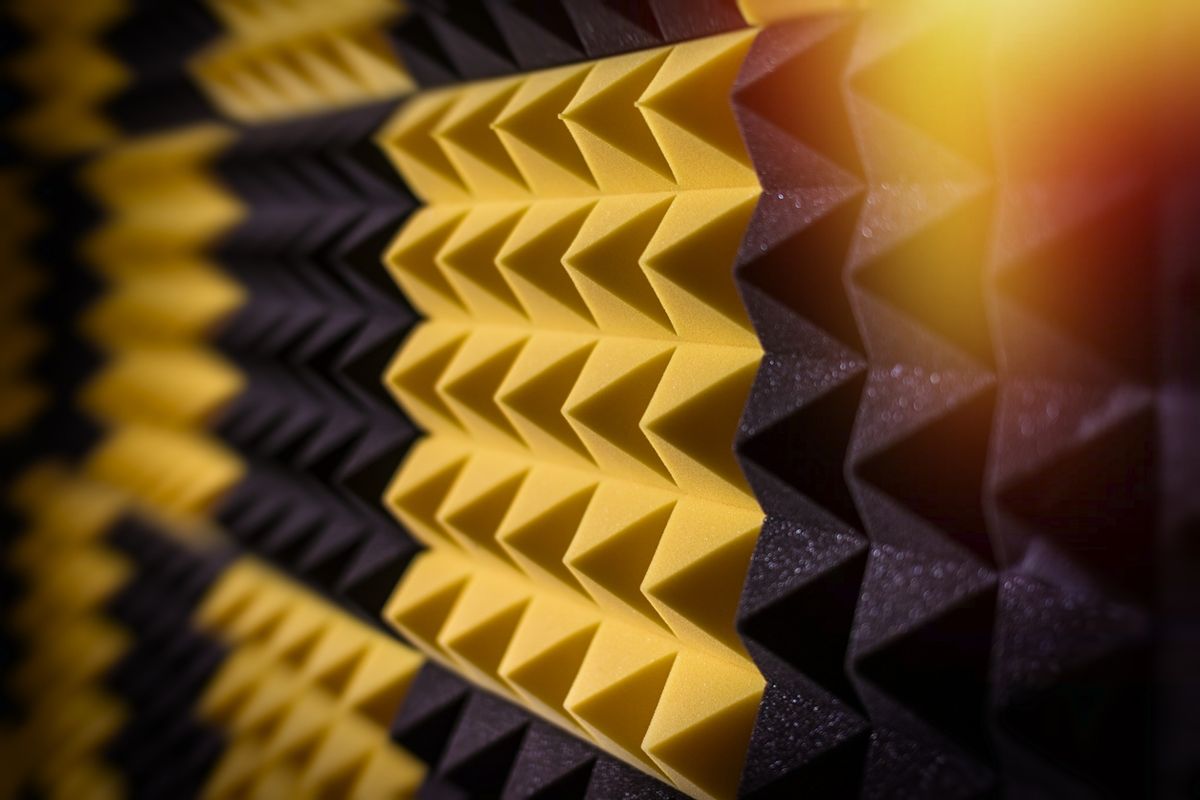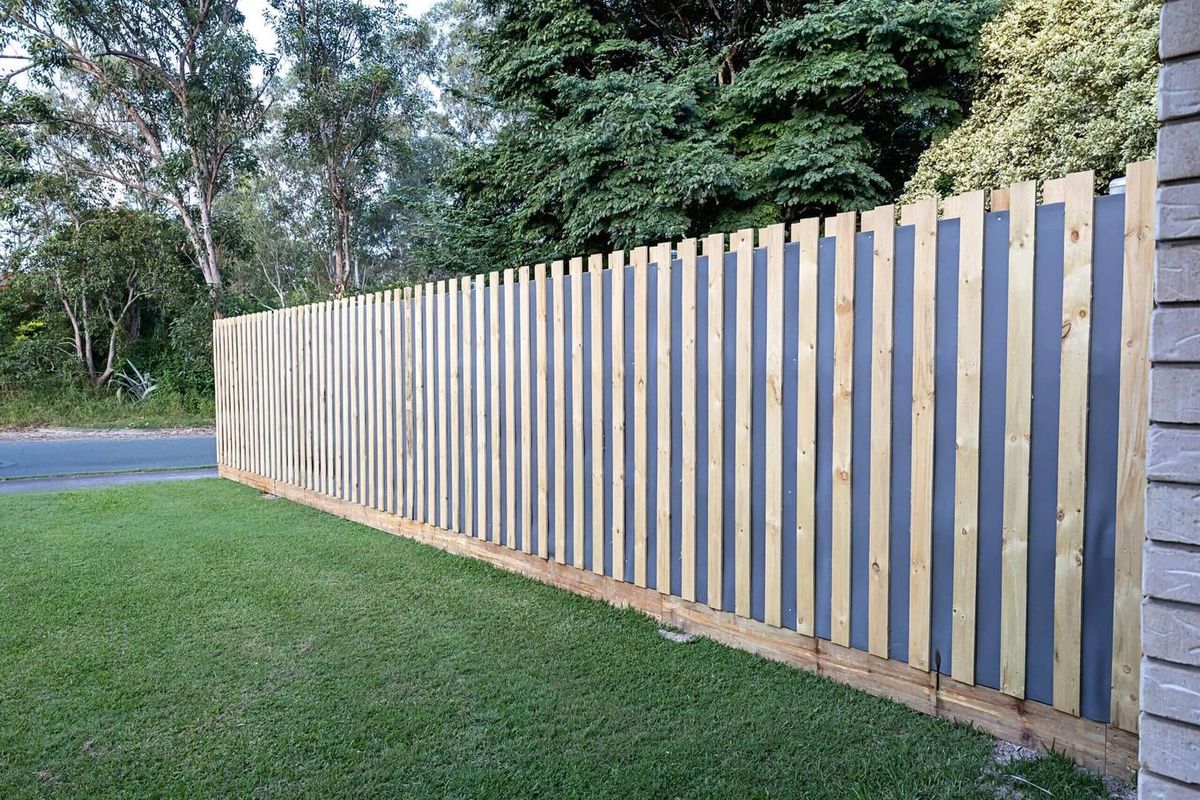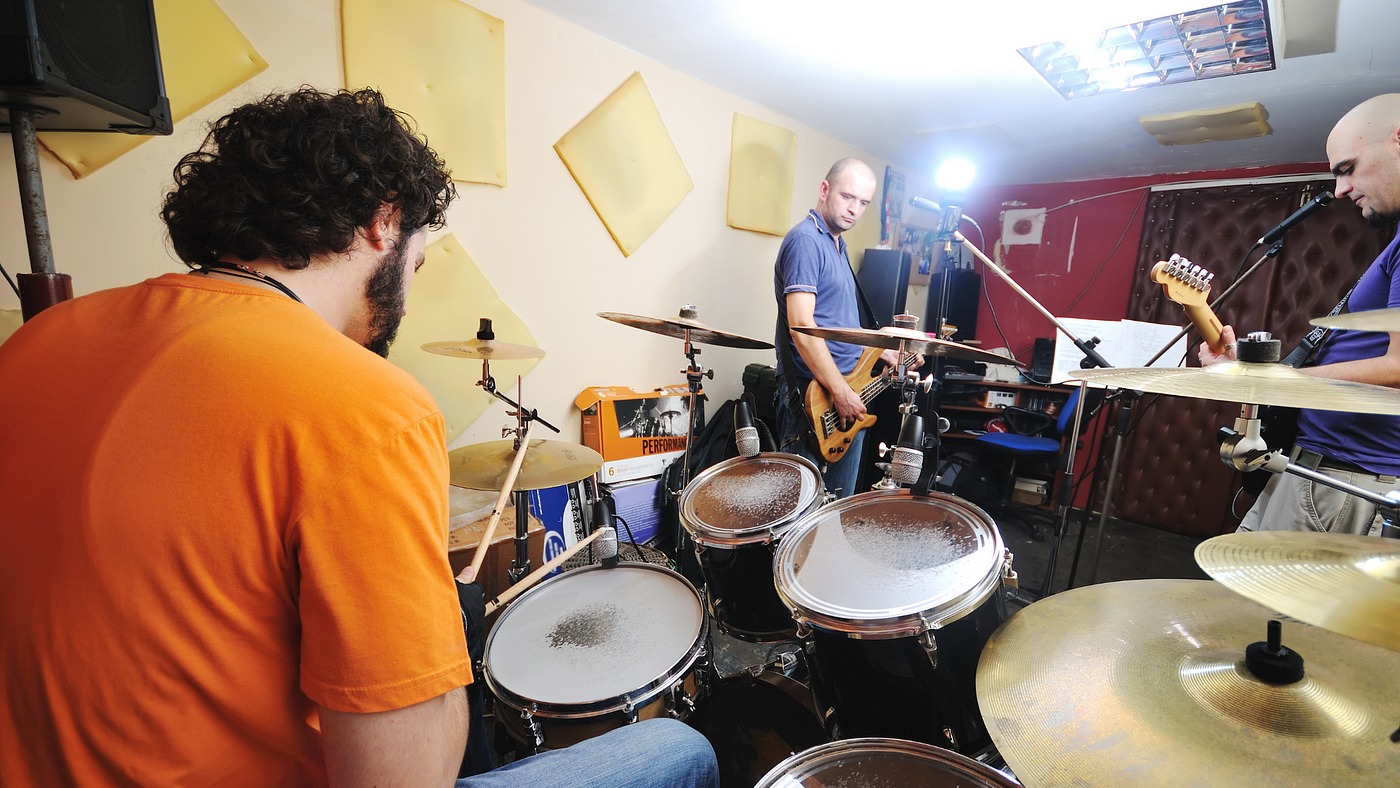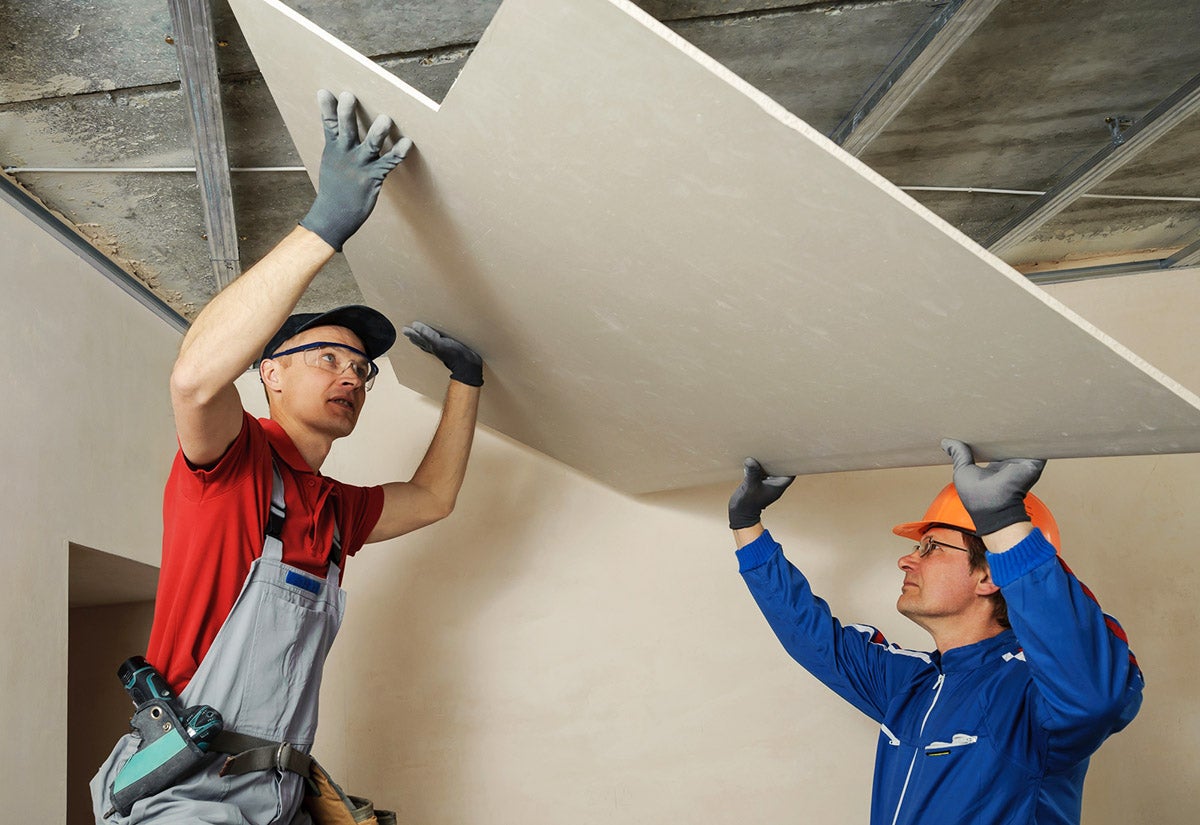Home>Production & Technology>Soundproofing>What Is Green Glue For Soundproofing?


Soundproofing
What Is Green Glue For Soundproofing?
Published: January 27, 2024
Learn what green glue is and how it can enhance soundproofing in your space. Discover the benefits of using green glue for effective sound insulation.
(Many of the links in this article redirect to a specific reviewed product. Your purchase of these products through affiliate links helps to generate commission for AudioLover.com, at no extra cost. Learn more)
Table of Contents
Introduction
Soundproofing is an essential consideration in any building or space, whether it’s a home, office, recording studio, or entertainment venue. Unwanted noise can be disruptive, causing stress and reducing productivity. That’s where soundproofing materials like Green Glue come into play.
Green Glue is a popular choice for soundproofing due to its effectiveness in reducing noise transmission. It is a viscoelastic compound that is applied between layers of building materials, such as drywall, plywood, or MDF (medium-density fiberboard). When used correctly, Green Glue can significantly attenuate airborne and impact noise, creating a quieter and more peaceful environment.
But what exactly is Green Glue, and how does it work? In this article, we will delve into the science behind Green Glue and explore its benefits and usage for soundproofing purposes. Whether you’re a homeowner looking to reduce outside noise or a business owner seeking to create a quieter workspace, understanding the power of Green Glue is crucial.
How Does Green Glue Work?
Green Glue works based on the principles of damping and decoupling. Damping refers to the reduction of vibrations or sound waves by converting their energy into heat. Decoupling, on the other hand, involves breaking the direct pathway for sound transmission between materials.
Green Glue is a unique compound that consists of a proprietary blend of polymers and other additives. When applied between two rigid surfaces, such as layers of drywall, Green Glue creates a flexible and energy-absorbing barrier. As sound waves hit the surface, the compound dynamically transforms the energy into minuscule vibrations. These vibrations are then dissipated as heat, significantly reducing the amount of sound that passes through the material.
Additionally, Green Glue acts as a decoupling agent by introducing a layer of material that separates the two rigid surfaces. This layer effectively breaks the path of sound transmission, preventing sound waves from easily traveling through solid structures.
It’s important to note that the effectiveness of Green Glue depends on proper application and the choice of materials. For optimal performance, it is recommended to use Green Glue between two dense and rigid surfaces, such as drywall or plywood. The compound should be applied in a consistent and even manner, covering at least 60% of the surface area. This ensures that the maximum amount of sound energy is converted and absorbed.
Overall, the combination of damping and decoupling mechanisms makes Green Glue a powerful solution for soundproofing. By reducing vibrations and disrupting the direct path of sound transmission, it offers superior noise reduction compared to traditional methods.
Benefits of Green Glue for Soundproofing
Green Glue offers a range of benefits that make it an attractive choice for soundproofing projects. Let’s explore some of the key advantages:
- Effective Noise Reduction: Green Glue is known for its high performance in reducing noise transmission. It can effectively attenuate both airborne and impact noise, making it suitable for various applications, such as walls, ceilings, floors, and even doors.
- Easy to Use: Green Glue is simple to apply, requiring no special tools or equipment. It comes in user-friendly tubes or buckets, allowing for easy dispensing. With its fast curing time, you can proceed with other construction or renovation tasks quickly.
- Versatility: Green Glue is compatible with a wide range of building materials, including drywall, plywood, concrete, and metal. This versatility allows for seamless integration into different construction or remodeling projects.
- Safe and Environmentally Friendly: Green Glue is non-toxic and emits no harmful fumes or odors. It is also low in volatile organic compounds (VOCs), making it a safe choice for both installers and occupants of the space.
- Enhanced Soundproofing Performance: When used in combination with other soundproofing materials, such as acoustic insulation or resilient channels, Green Glue can significantly enhance the overall soundproofing performance. It acts as an additional layer of defense against noise intrusion.
- Cost-effective: Compared to alternative soundproofing methods, Green Glue offers a cost-effective solution. Its efficiency in reducing noise allows for the use of thinner or fewer layers of building materials, saving on material costs and labor expenses.
- Long-lasting Results: Green Glue provides long-lasting soundproofing benefits. Once properly applied, it remains intact and effective for years to come, ensuring a peaceful and quiet environment for occupants.
Whether you’re soundproofing a home theater, office space, or recording studio, Green Glue offers a range of advantages that make it a go-to choice for sound isolation and noise control.
Using Green Glue for Different Applications
Green Glue is a versatile soundproofing solution that can be used in various applications to minimize noise transmission. Here are some common uses of Green Glue:
- Walls: Green Glue is commonly used to soundproof walls, whether it’s between drywall panels or applied directly to existing walls. By applying Green Glue between layers of drywall or plywood, you can significantly reduce both airborne and impact noise.
- Ceilings: Soundproofing a ceiling is crucial to prevent noise from traveling between floors. Green Glue can be applied between drywall or other ceiling materials to dampen sound vibrations and enhance the acoustic insulation of the space.
- Floors: To reduce impact noise, such as footsteps or vibrations from appliances, Green Glue can be used between layers of subflooring or under flooring materials like hardwood, laminate, or tile. This helps create a quieter and more comfortable environment.
- Doors: Sound leakage through doors is a common issue. Applying Green Glue to door panels can help improve sound insulation and prevent noise from seeping through gaps or thin door materials.
- Windows: Green Glue can also be used to minimize outside noise entering through windows. Applying the compound to window frames or adding soundproofing laminated glass with Green Glue can provide an additional barrier against external noise sources.
It’s important to note that the effectiveness of Green Glue in each application depends on various factors, such as the thickness of the materials, the number of layers, and the overall construction of the space. Consulting with a professional soundproofing expert or following manufacturer guidelines is recommended for optimal results.
Whether you’re soundproofing a room, an entire building, or specific components like walls, ceilings, floors, doors, or windows, Green Glue provides a versatile and effective solution to minimize noise transmission and enhance acoustical performance.
Installation Process of Green Glue
The installation process of Green Glue for soundproofing purposes is relatively straightforward. Here are the typical steps involved:
- Prepare the Surfaces: Ensure that the surfaces you’ll be applying Green Glue to are clean, dry, and free from dust or debris. This will promote optimal adhesion and ensure proper bonding.
- Measure and Cut Materials: Measure and cut the desired building materials, such as drywall or plywood, to the appropriate size and shape for your project.
- Apply Green Glue: Using a standard caulking gun, apply Green Glue in a consistent and even manner onto one of the surfaces. It is recommended to apply the compound in a bead or zigzag pattern, covering around 60% of the surface area.
- Press the Surfaces Together: Place the second surface onto the Green Glue-covered surface and press them together firmly. Apply sufficient pressure to ensure intimate contact between the materials and to distribute the Green Glue evenly.
- Secure the Materials: Use appropriate fasteners, such as screws or nails, to secure the materials in place. This will prevent any shifting while the Green Glue cures.
- Allow for Curing Time: Green Glue requires some time to cure and reach its maximum sound-dampening capabilities. The curing time can vary depending on factors such as temperature and humidity. It is recommended to follow the manufacturer’s guidelines for the specific product you are using.
- Finishing Touches: Once the Green Glue has fully cured, you can proceed with any necessary finishing touches, such as painting or applying a final layer of drywall compound for a seamless appearance.
It’s important to note that proper application techniques and sufficient coverage of Green Glue are crucial for optimal results. Following the manufacturer’s instructions and consulting with a soundproofing professional can ensure that you achieve the best soundproofing performance.
Remember that Green Glue is not a standalone solution for soundproofing but is most effective when used in conjunction with other soundproofing materials and techniques. Its application can greatly enhance the overall soundproofing capabilities of a space and create a quieter and more comfortable environment.
Common FAQs about Green Glue for Soundproofing
When it comes to soundproofing with Green Glue, you may have some questions in mind. Here are answers to some of the most common FAQs:
- Q: How much Green Glue should I use?
- Q: Is Green Glue easy to clean up?
- Q: Can I paint over Green Glue?
- Q: Can Green Glue be used with any type of building material?
- Q: How long does Green Glue take to cure?
- Q: Can Green Glue be used in outdoor applications?
A: The recommended amount of Green Glue to use depends on the application. For walls, a coverage of around 1 tube per 4′ x 8′ sheet of drywall is typically recommended. It’s important to achieve at least 60% surface coverage for optimal soundproofing performance.
A: Green Glue is water-based and considered relatively easy to clean up. It can be wiped off with a damp cloth or sponge while it is still wet. However, once cured, Green Glue becomes permanent and cannot be easily removed.
A: Yes, you can paint over Green Glue once it has fully cured. It is recommended to use a low-VOC paint to maintain its sound-dampening properties.
A: Green Glue is compatible with a wide range of building materials, including drywall, plywood, concrete, and metal. However, it is always recommended to consult the manufacturer’s guidelines or seek professional advice for specific applications.
A: The curing time of Green Glue can vary depending on factors such as temperature and humidity. It typically takes about seven to ten days for Green Glue to reach its maximum sound-dampening capabilities. It’s important to allow sufficient time for the compound to fully cure before proceeding with additional construction or finishing tasks.
A: Green Glue is designed for indoor soundproofing applications and is not suitable for outdoor use. It is not weather-resistant and may deteriorate in outdoor environments.
Keep in mind that these FAQs cover some general points, and it’s always best to refer to the manufacturer’s guidelines or consult with a soundproofing professional for specific queries related to your project.
Conclusion
When it comes to soundproofing, Green Glue is a highly effective solution that offers numerous benefits. Its unique viscoelastic properties allow it to dampen vibrations and decouple surfaces, resulting in significant noise reduction. Whether you’re dealing with airborne noise like voices or impact noise like footsteps, Green Glue can help create a quieter and more peaceful environment.
Green Glue is not only easy to use but also versatile in its applications. From walls and ceilings to floors and doors, it can be applied to various building materials for enhanced soundproofing performance. Its compatibility with different materials makes it a go-to choice for both new construction and renovation projects.
Moreover, Green Glue is a safe and environmentally friendly option. It emits no harmful fumes or odors, making it ideal for residential and commercial applications. Its long-lasting results ensure that you can enjoy the benefits of soundproofing for years to come.
However, it’s important to note that Green Glue is most effective when used in conjunction with other soundproofing techniques and materials. Consider combining it with acoustic insulation, resilient channels, or soundproof windows for optimal results.
In conclusion, Green Glue is a reliable and cost-effective solution for soundproofing needs. By reducing noise transmission and creating a more peaceful environment, it enables you to enjoy your space without the disturbances caused by unwanted noise. So, whether you’re creating a home theater, a recording studio, or simply seeking a quieter office or living space, consider harnessing the power of Green Glue for your soundproofing projects.

